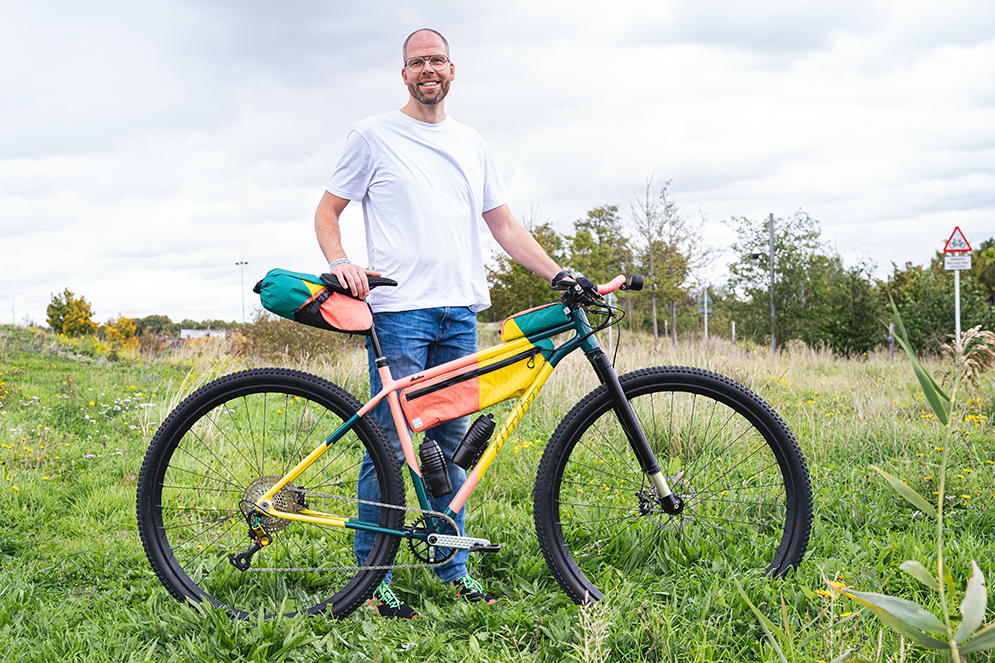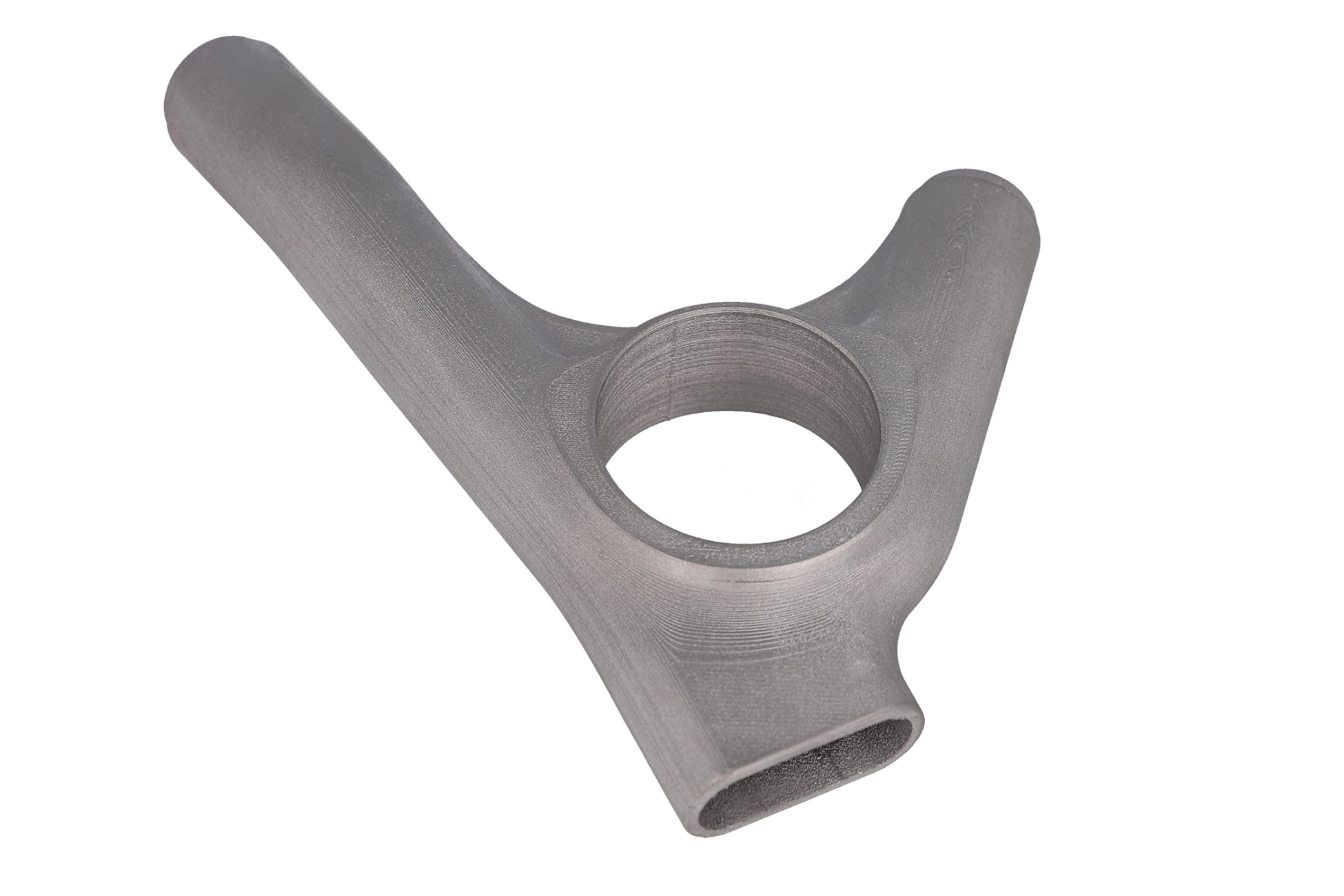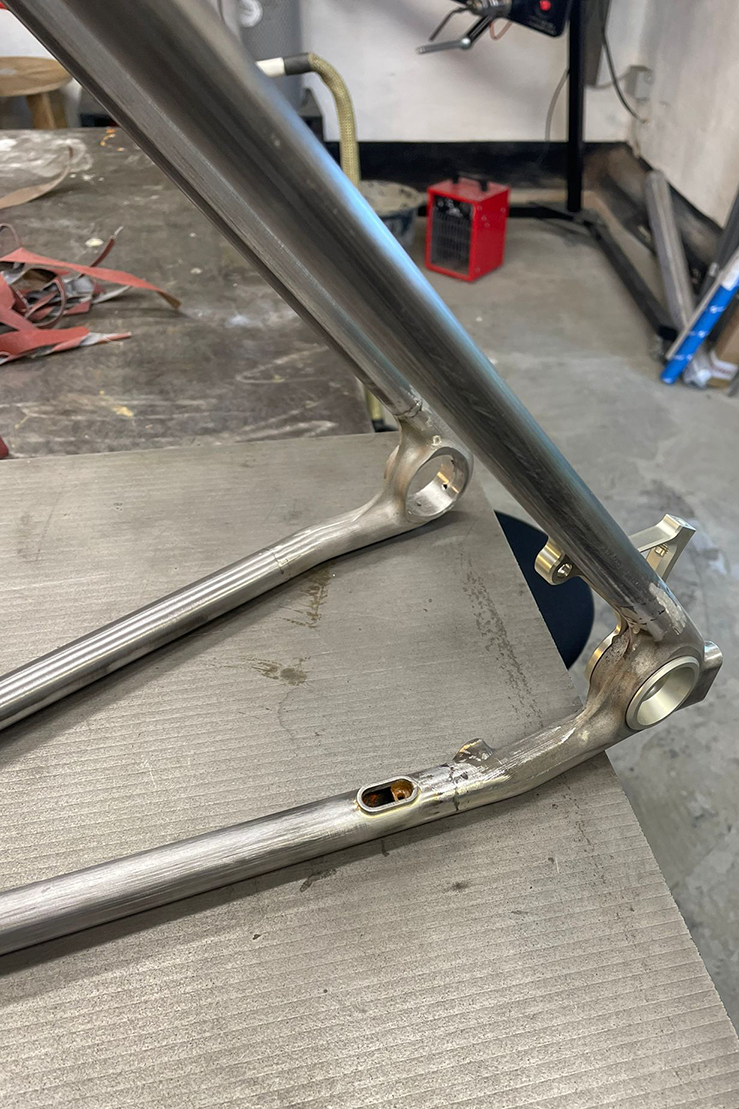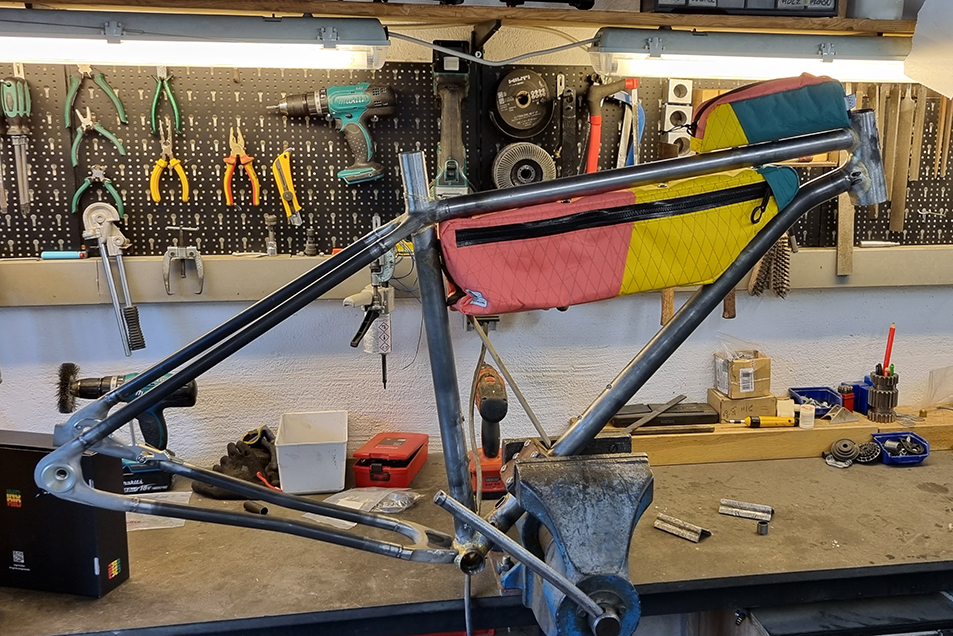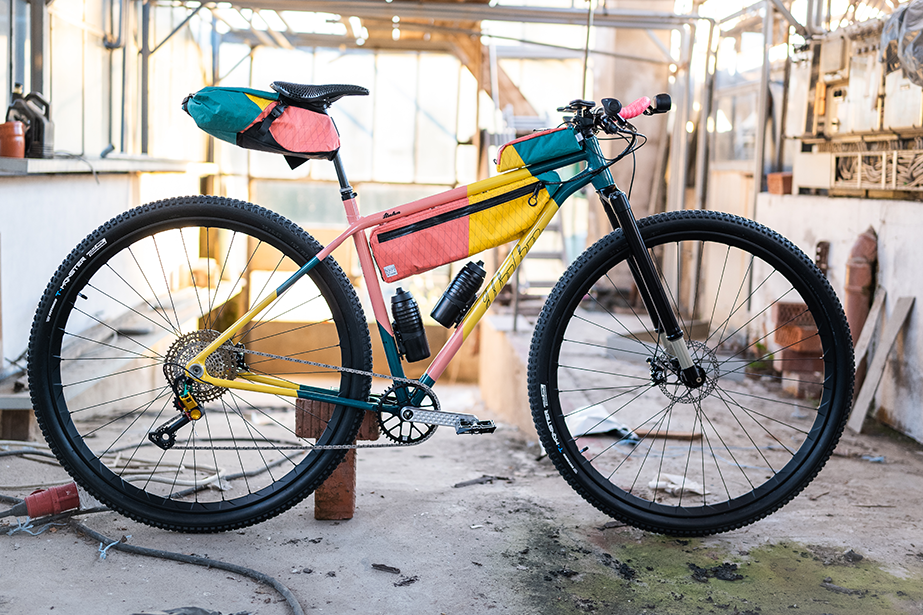The new 36 inch bike can be seen and is optimally adapted to the "big" needs of Tim. He will use it primarily for fast and long cross-country tours, which is why he has also installed aero handlebars, fast tires and frame bags. Tim reports, "I'm convinced that 3D printing enables more riding fun, because optimally fitted frames and contact points to the body are absolutely essential for that."
In the summer of 2023, he plans to compete in the "Race Across Germany" with a riding distance of 1,100 km and 7,500 meters of altitude gain in three days.


